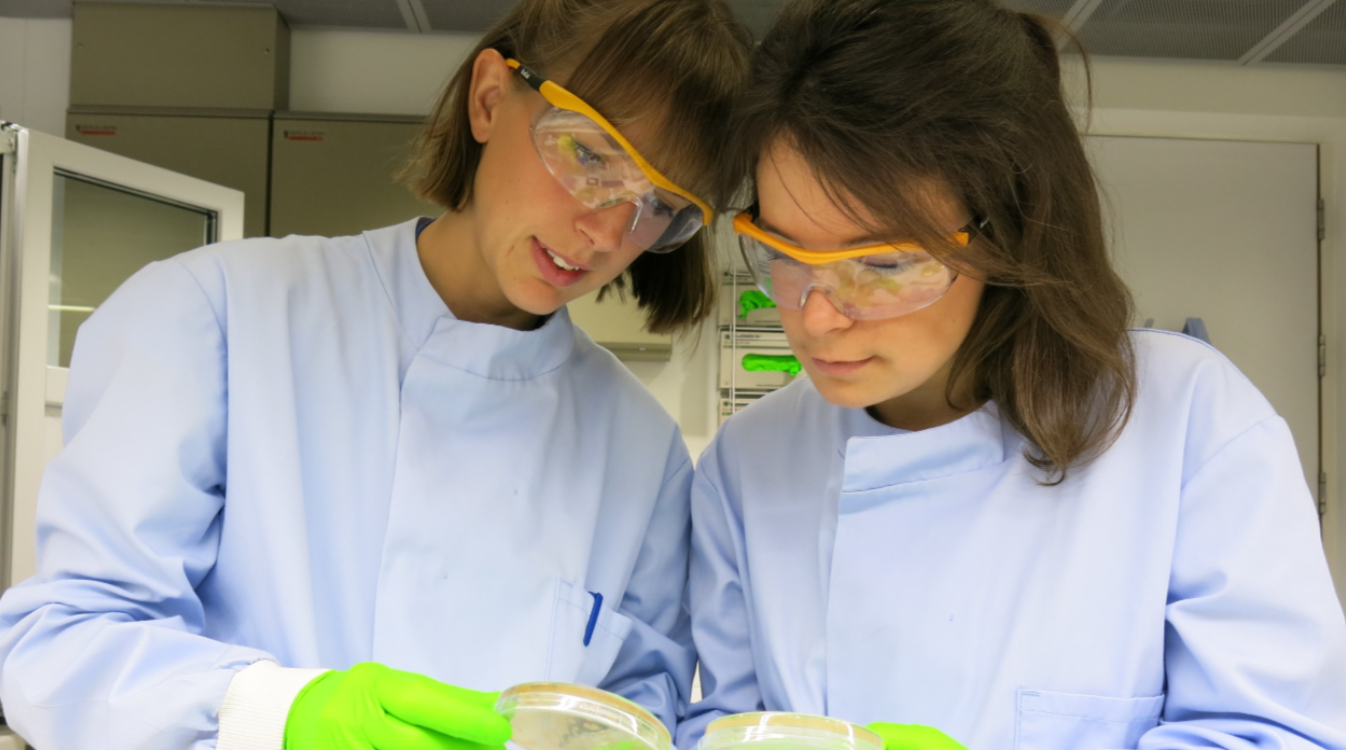A new, quicker way of detecting antibiotic resistance in bacteria has been developed by a team of scientists from the EPSRC funded interdisciplinary research collaboration, i-sense.
Isabel Bennett and Alice Pyne along with collaborators at UCL have developed a new technique that uses nanotechnology to detect antibiotic resistance in approximately 45 minutes.
The standard method for detecting resistance is a relatively slow process that typically takes between 12 and 24 hours. The ability to reduce this time could significantly help the ongoing battle against antibiotic-resistant bacteria - a problem which is predicted to cause 10 million deaths per year and cost the global economy $100 trillion by 2050.
Speeding up the time it takes to identify antibiotic-resistant bacteria could improve our ability to prescribe antibiotics correctly and reduce the misuse of antibiotic treatments - a key step in the fight against antibiotic resistance.
The new method was developed by Isabel at UCL in collaboration with Alice and Prof. Rachel McKendry, also from UCL, and uses a new Atomic Force Microscopy (AFM) detection system.
Our method allowed us to quickly differentiate between resistant and sensitive phenotypes in multiple strains of E. coli, a bacteria implicated in a number of challenging infections including UTIs.
Dr Isabel Bennett
UCL
This method uses a nanomechanical cantilever sensor together with a laser to detect single bacterial cells as they pass through the laser’s focus, which provides a simple readout of antibiotic resistance by detecting growth (resistant) or death (sensitive) of the bacteria.
By placing a reflective surface - a small stiff cantilever - in a filtered growth medium in a petri dish and reflecting a laser off it onto a photodiode detector, it is possible to detect bacteria as they pass through the path of the laser, therefore altering the signal at the detector.
Following the addition of the antibiotic to the petri dish, the study has shown that it is possible to detect whether fewer bacteria interfere with the laser beam, thereby indicating cell death in the antibiotic-sensitive bacteria.
The new technique developed by Isabel builds on an AFM method from a previous study, however this method doesn’t require the bacteria to be immobilised - making the new detection system much faster.
Isabel said: “Our method allowed us to quickly differentiate between resistant and sensitive phenotypes in multiple strains of E. coli, a bacteria implicated in a number of challenging infections including UTIs.”
Alice added: “We were able to show that our faster method was able to reproduce values from gold standard measurements, such as MIC’s in a fraction of the time.”
The study - Cantilever Sensors for Rapid Optical Antimicrobial Sensitivity Testing - was conducted by Dr Isabel Bennett as part of her PhD supervised by Dr Alice Pyne and Professor Rachel McKendry.
The research by the all-female team of scientists is published in the journal ACS Sensors. The journal has published an interview with Dr Bennett following the paper being selected as an ACS editors choice.

